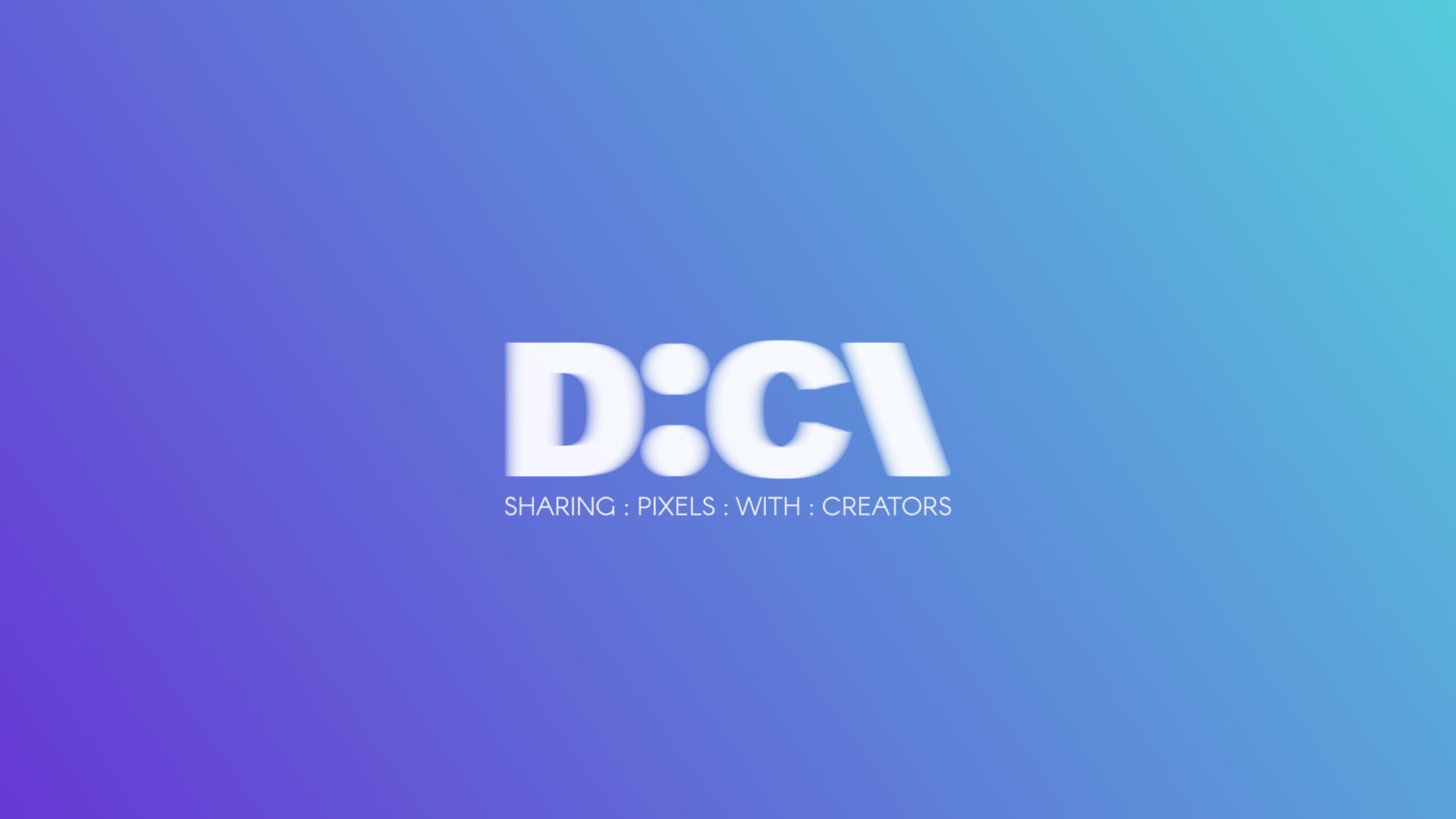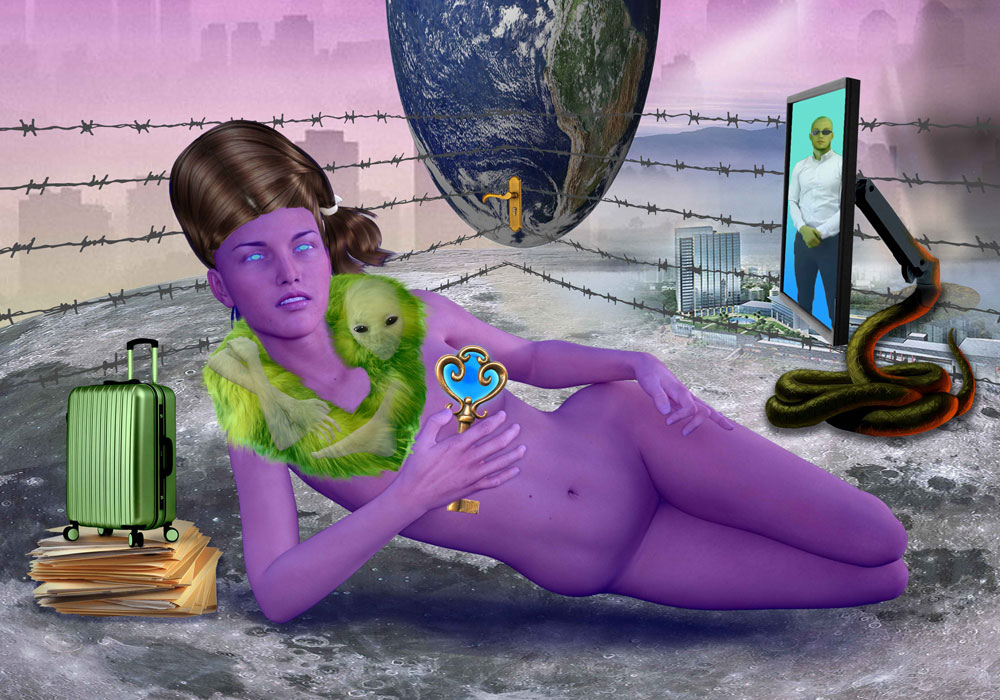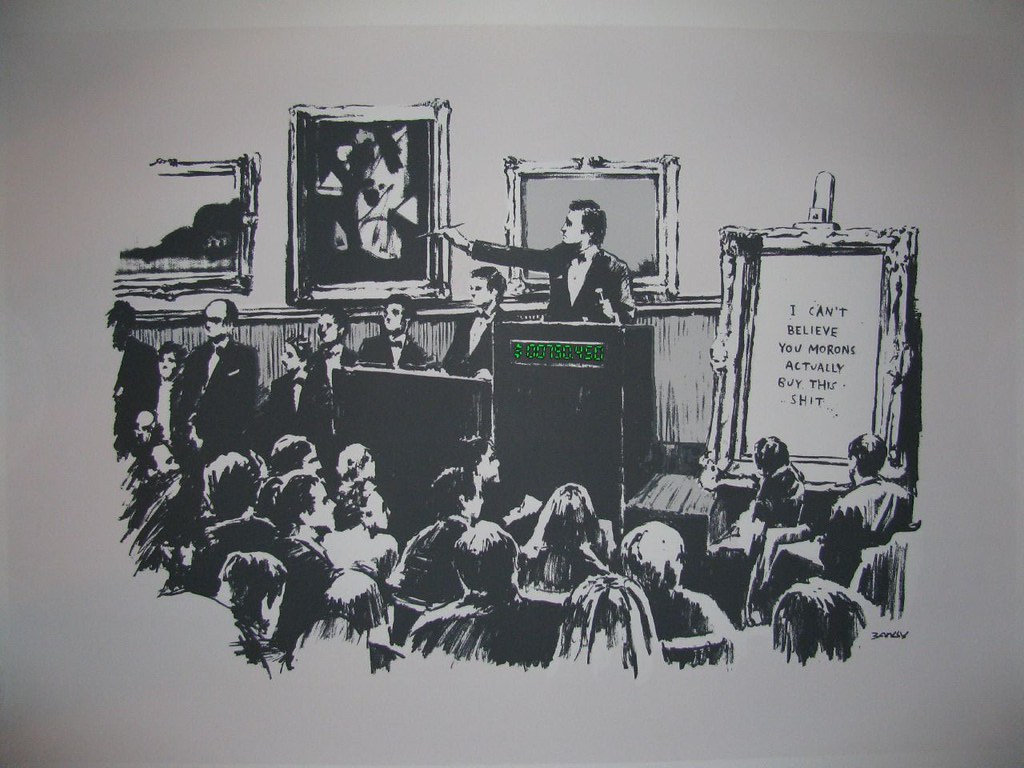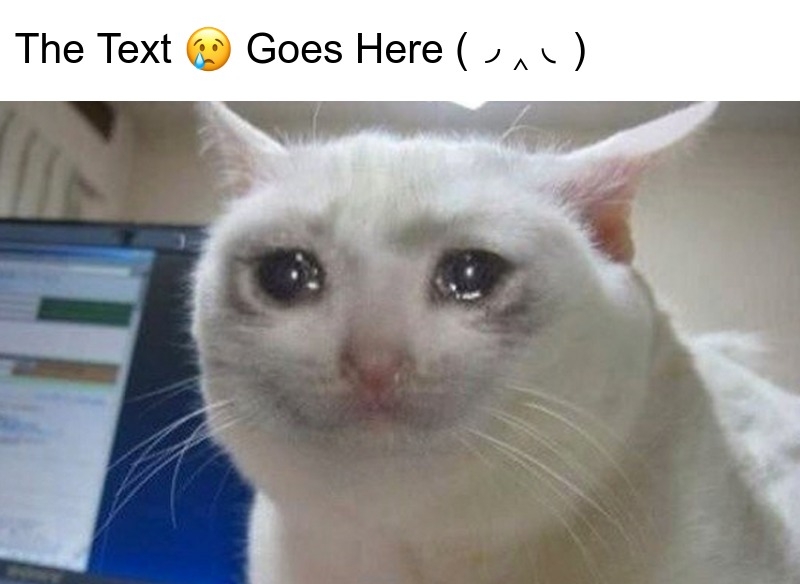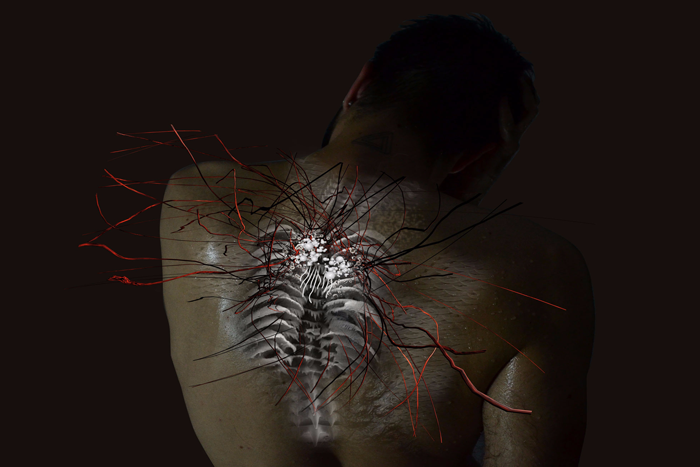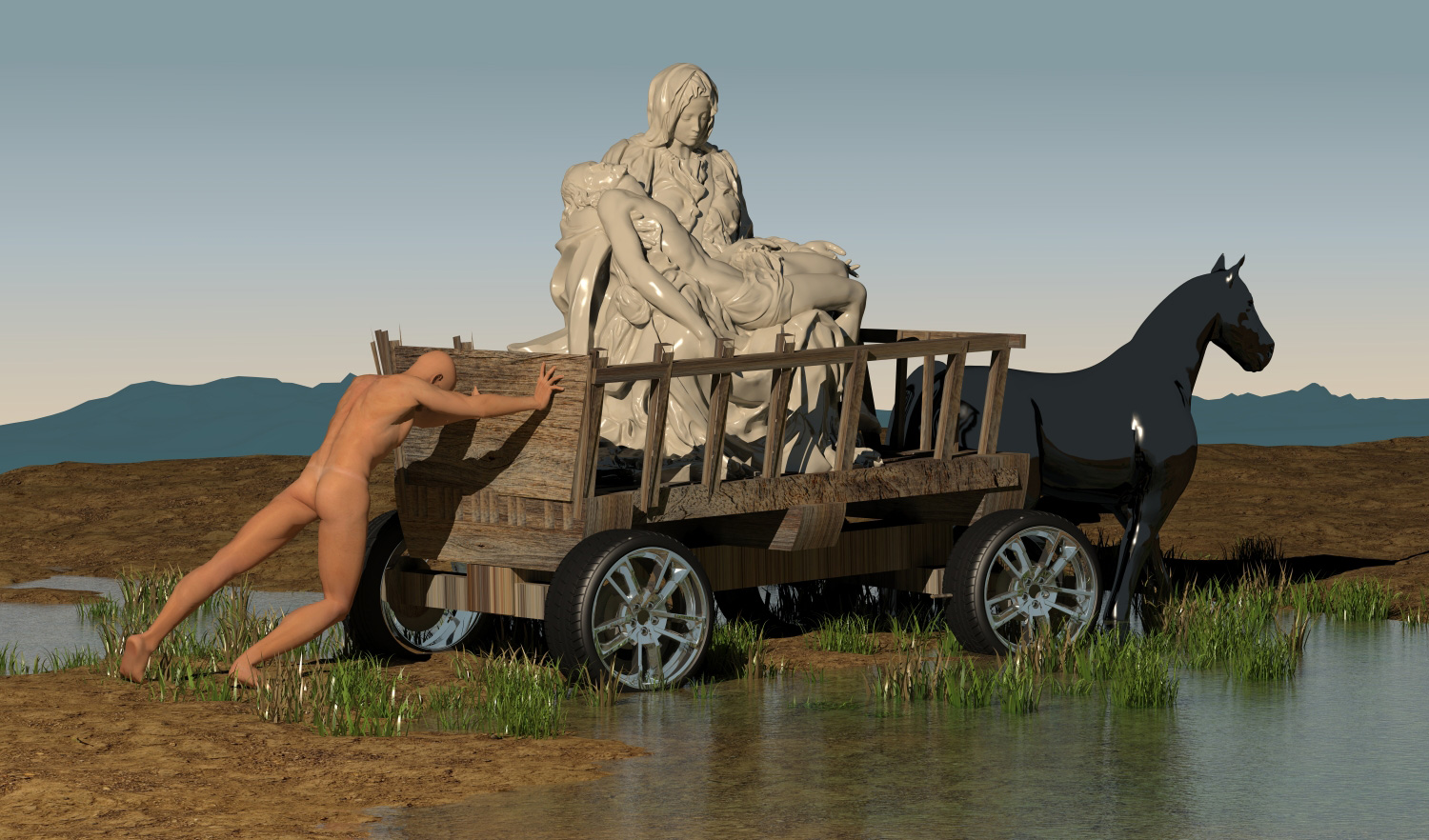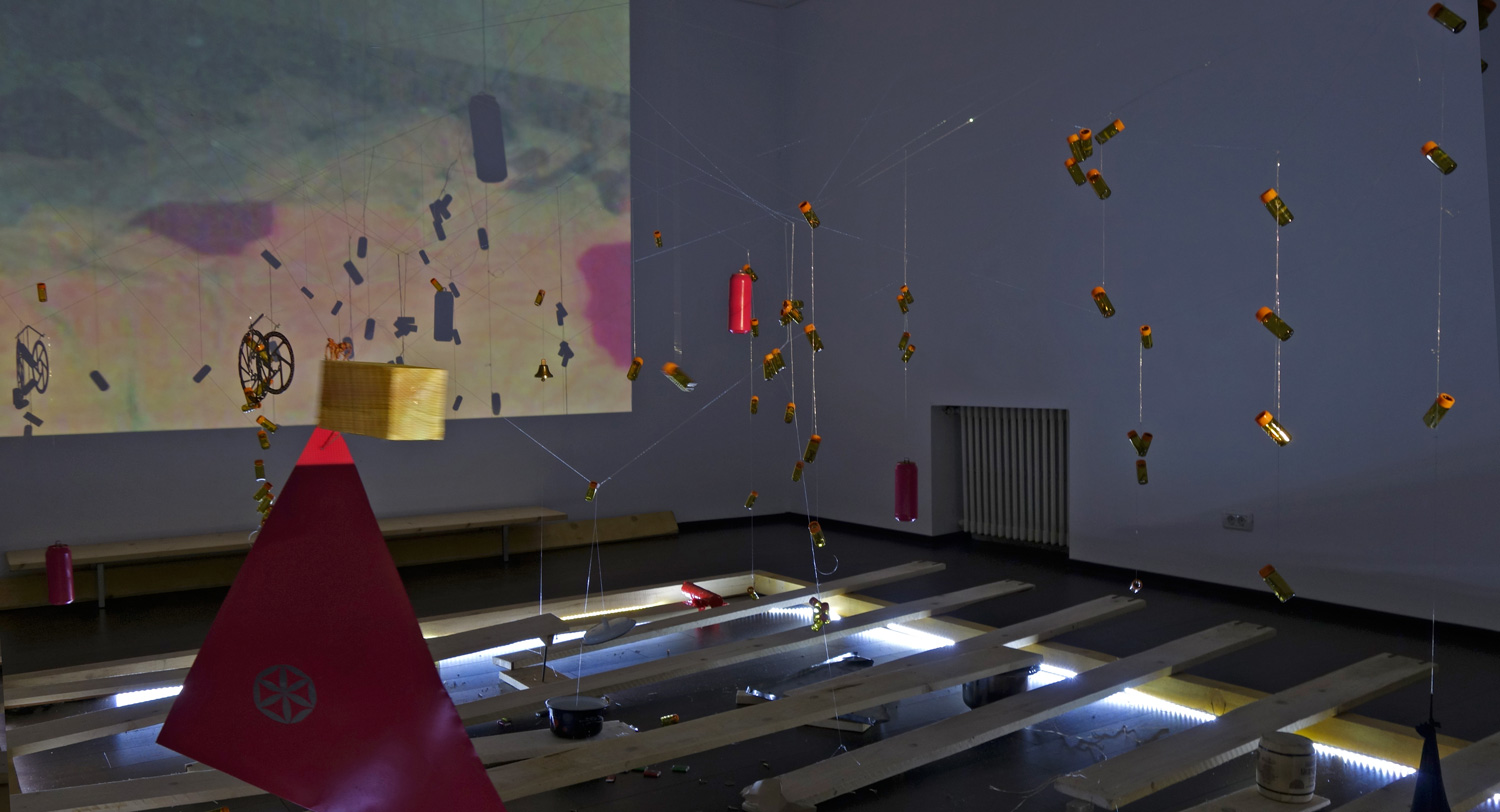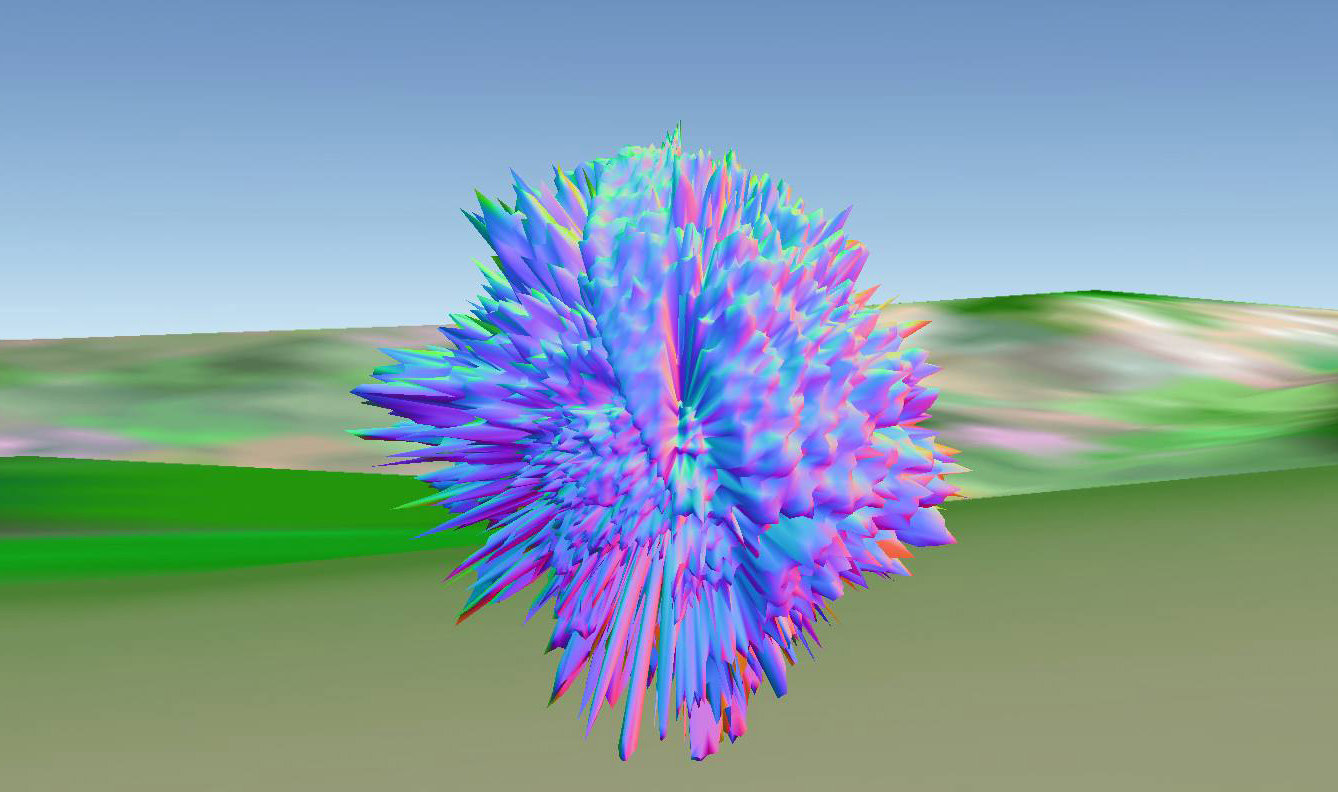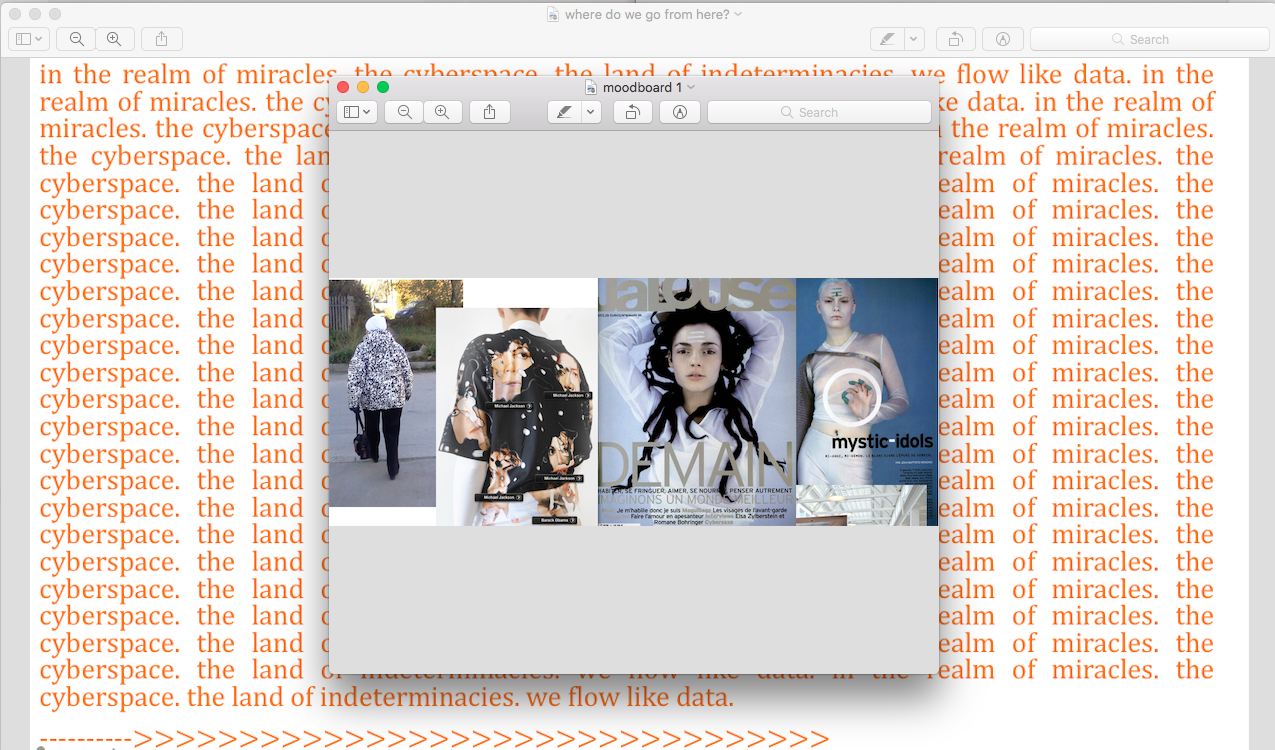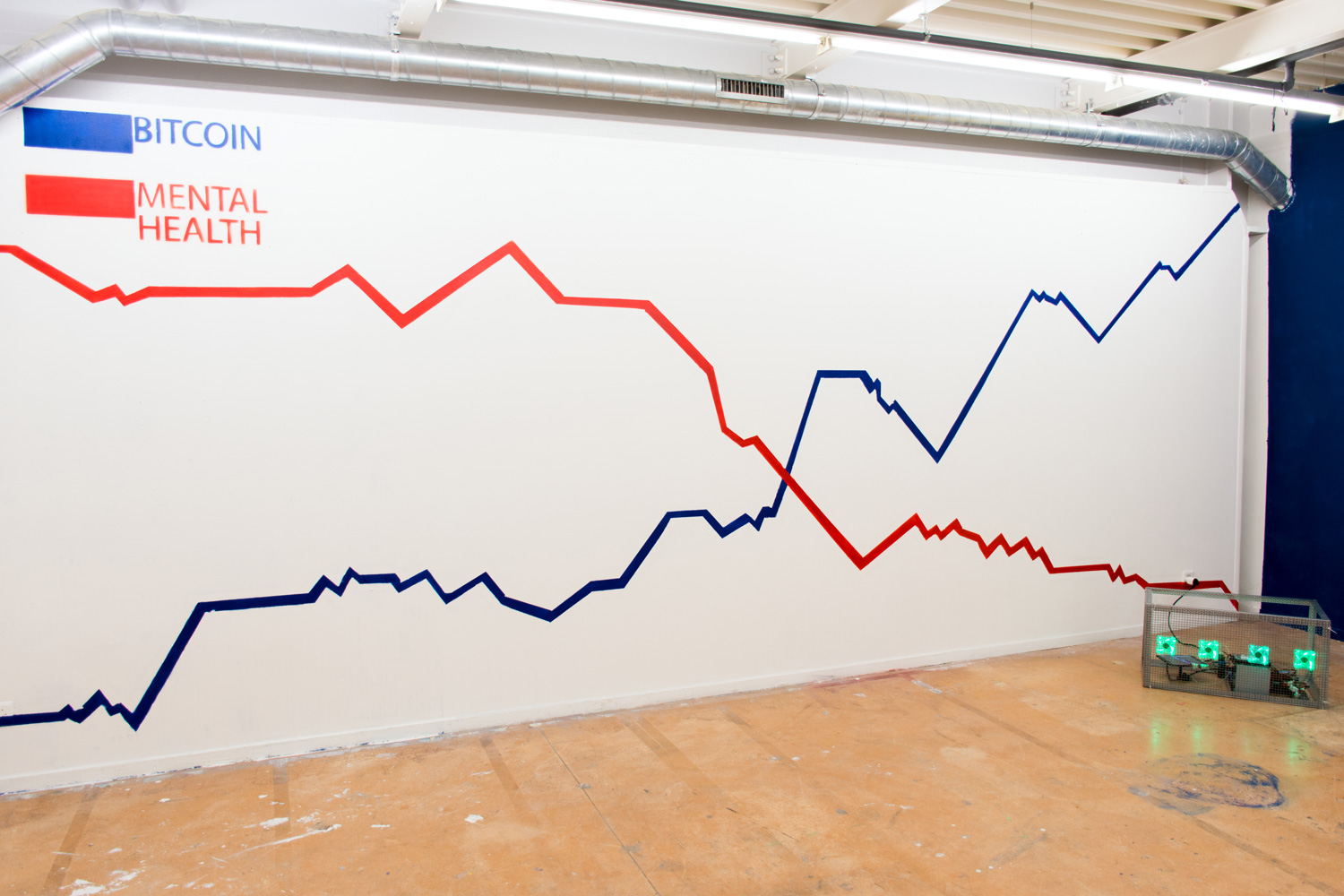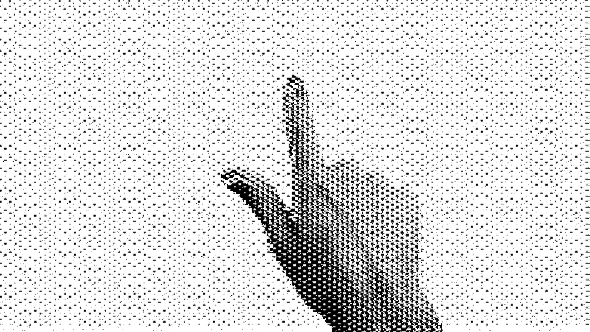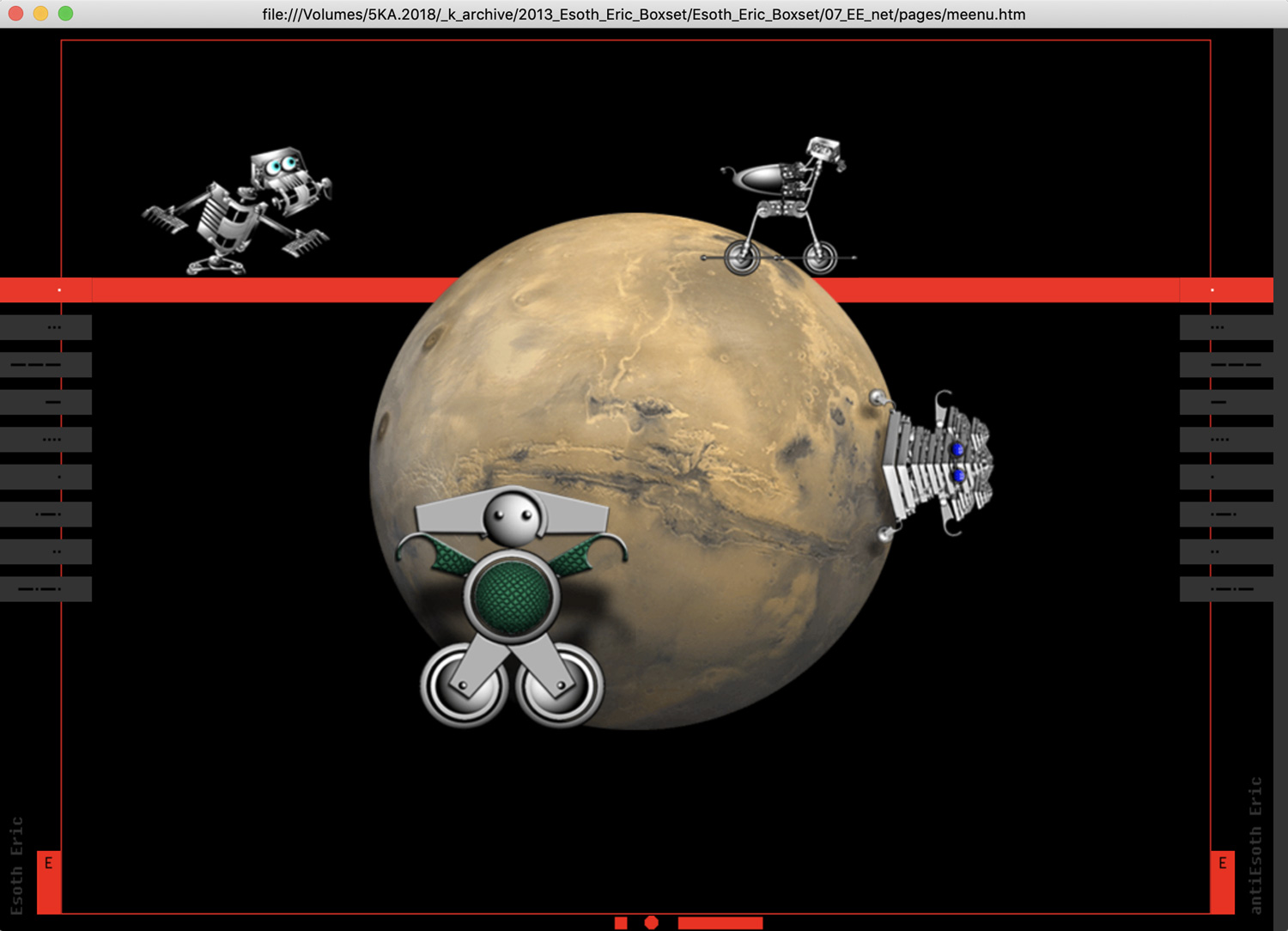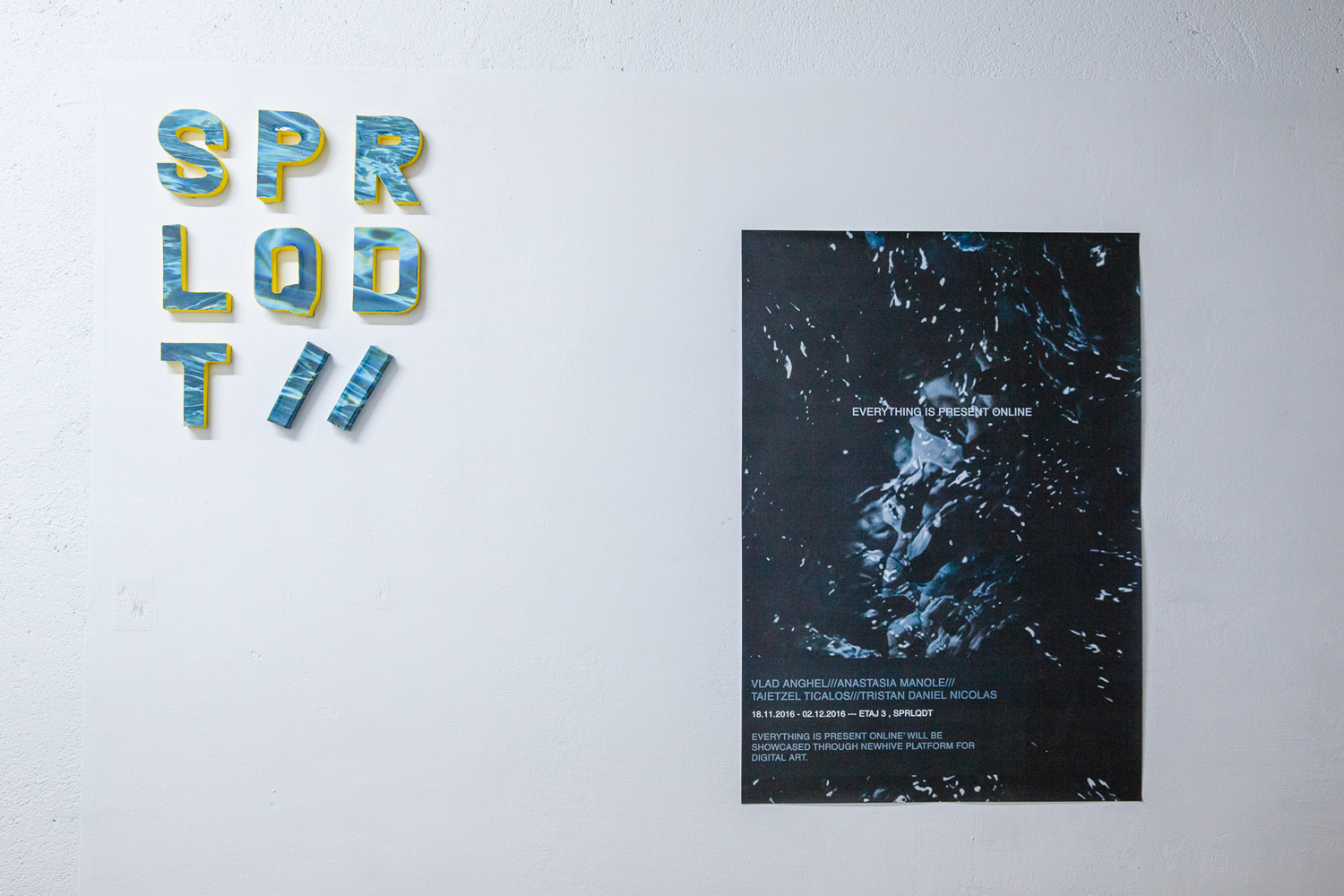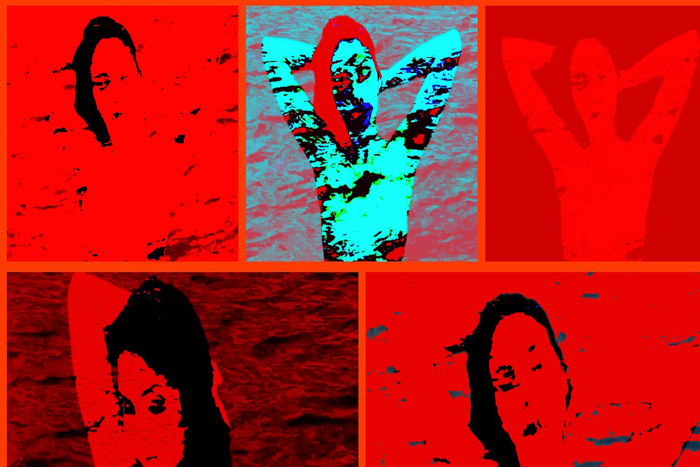Mihai Toth in conversation with Raluca Paraschiv
Interview with Mihai Toth about his participation in the emergent co-lab project and the „Interspace” exhibition at MV SCI-ART Center
| Interview by Raluca Paraschiv |
DIGITAL:CANVAS\
Gabriela Mateescu talked to Marius Jurca, co-founder since January 2018 of the artist-run space DIGITAL:CANVAS\ in Timișoara.
The interview takes a keen interest in exploring the challenges and nuances of exhibiting digital art and running a space dedicated to it. Displaying digital art often involves complex technical considerations, and running a space dedicated to digital art may require investments in technology and infrastructure.
This is one of the reasons that galleries and museums dedicated to new media art are nonexistent in Romania. Hopefully this artist-run space is a start, along with other independent initiatives to bring focus to digital art locally.
| Interview by Gabriela Mateescu |
Nicoleta Mureş
After being invited to contribute with a work of art in 2019 on the platform spam-index.com, Nicoleta Mureș returned as a coordinator/curator of the project Dynamic links, where she selected 6 digital artists that were paired with programmers to create 6 desktop apps available on our website.
On this occasion, we wanted to get to get to know her better, what inspires her, what was her experience as an artist and as a curator, her latest project and future plans.
| Interview by Gabriela Mateescu |
Stuck on the Platform / We Are Not Sick
During the 2020-2021 lockdown misère we’ve literary been stuck on the platform. What happens when your home office starts to feel like a call centre and you’re too tired to close down Facebook? “How to get rid of your phone? Wrong answers only.” We wanted to move on, and use the pandemic as a reset, but failed. The comfort of the same old proved too strong. Instead of a radical techno-imagination that is focussed on the roll-out of alternatives, we got distracted by fake news, cancel culture and cyber warfare.
| Text by Geert Lovink from the Performance @NeMe/Limassol, December 11, 2021 |
The Best (and Worst) of All Metaverses
~ A short incursion into digital-crypto-machine learning art ~
Compared by some with the advent of photography, when someone without painting or drawing skills could capture a realistic depiction of anything, the rising popularity of AI-generated art raised questions regarding where art is headed. Some argue that people create art, not cameras and algorithms and, just as photography added another instrument in the creative toolkit, so will machine learning architectures.
| Text by Andrei Tudose |
Ştefan Tănase
Ştefan Tănase is an emerging Romanian artist whose practice tackles different areas of interest, extracting particularities from different domains that are then put together, decomposed and recomposed. He describes himself as a nomad in reality and virtual reality, taking interest in new ‘worlds’ and new ‘spaces’ for living.
| Interview by Sabin Borş |
Co-meme-unity
A meme is an organism. A meme is alive. It enters the body, it replicates, it jumps to its next host, maximizing its message reach, it mutates to keep itself spreadable.
|Text by Alina Lupu and the ever more expanding flow of embedded references|
Vlad Anghel
Vlad Anghel’s practice is located at the intersection between art, design, and technology. In his work, he often appropriates obsolete 3D aesthetics and surrealist references, creating virtual environments that can be described as magical realism.
| Interview by Sabin Borş |
Tristan
Tristan is a visual artist whose artistic practice is based upon the relationship between online identity and the effects it has on the mental imagery of oneself. His work is concerned with the intersection between online space and real life, focusing on the impact of Internet culture on identity. His interest in the digital performance of the self has been constant and manifested through mashups of pop items, patterns of religiosity and sentimentality, 3D creations and the obstinate build-up of an online persona which surpasses his live presence.
| Interview by Sabin Borş |
George Crîngaşu
George Crîngașu’s work ranges from installation to animated gifs, and it is mostly comprised of 2D and 3D compositions build on freely available content found rummaging through various corners of the internet. Re-assembling bits and pieces of data gives him a feel of participating in the sort of entropic nature information seems to rely on: any type of data should be perpetually in motion and perpetually in a state of change.
| Interview by Sabin Borş |
The avant-garde unconscious at kinema ikon: From experimental film to hypermedia
Kinema ikon is one of the very rare examples of artists’ collectives whose activity is noteworthy equally for its longevity – the group is continuously active during the last fifty years (!), and an excellent artistic performance – a relentless appetite for research and experiment, doubled by engaging, intelligent visual solutions, imaginative humor and sound conceptual thinking.
| Text by Horea Avram |
Adela Muntean
Adela Muntean’s works and research explore a multitude of ideas and techniques that the artist developed during her studies in media and cinematography. Her latest interest revolves around the possibility to relate immersive and digital media in the context of interactive documentary and media art.
| Interview by Sabin Borş |
Corruption of forms. Or fashion like a digital cloth – one ill-fitting draft
If I am to say fashion and the digital, the first thing that comes to mind would probably be the changes that brought the so-called democratization of fashion through online platforms and image sharing, especially the social media impact. ‘Instagram it!’ – you know how that goes. Or, on the other side of the spectrum, the relationship between the two, every so often surfaces in ‘scandals’ over digitally retouched images of celebrities and models – those idealized bodies that here and there lost touch with an anatomical bone structure. What if instead of the digital perfected body or the ‘materialized ideal body of the models’ – as Franziska Bork-Petersen called it – we were to shift the discussion towards touch? Can we treat fashion as an ‘in-process-of-becoming’ digital skin?
| Text by Edith Lázár |
Tudor Ciurescu
Tudor Ciurescu is a visual artist and student at École Cantonale d’Art Lausanne whose practice evolves around the interpretation of contemporary culture and the tech world, from bitcoin to memes.
| Interview by Sabin Borş |
GLITCH – A POINT OF VIEW
Glitches are everywhere, in every software or hardware that we use. They pop up from time to time but they are all unintended, being only involuntary malfunctions of the software code being run. What are we going to talk about in this essay is intentional glitches, software that generate glitches and artists using machine errors to display their work aesthetically.
|Text by Miron Ghiu |
Quantxt
Esoth Eric and antiEsoth Eric compose the hypermedia application Esoth Eric, developed on the same given equation that has 1, 0 or -1 as a result. the two projects can be accessed independently from two computers. the projected images are overlapping on the screen which plays the role of a melting pot from where the alternative results of the equation emerge.
| Text by Călin Man / reVoltaire |
Re-framing a space into multiple screens Superliquidato (SPRLQDT) – a hazy story
SPRLQDT presented itself as a capsule space, a backdrop where ideas and practices merging from digital art or derived from it, whether experiments and ‘orthodox’ media, could find a temporary place. For you see, the digital art scene was and still is to coagulate, but back in 2014, finding a platform for it was a constant struggle. Yet, between the hive-mind of the Internet and ideas unfolding in everyday conversations, rummaging through ways of visibility and exasperation, spaces can emerge; like this one, in a dome-like structure, 12 m², an oddity among the artists’ studios and galleries of The Paintbrush Factory in Cluj-Napoca.
| Text by Edith Lázár |
Thea Lazăr
Thea Lazăr is a young artist whose work ties Internet culture with real life, focusing on how technology influences us and our online behavior. She has been actively involved in various cultural projects and events in Cluj-Napoca together with the Aici Acolo collective.
| Interview by Sabin Borş |
Anastasia Manole
Anastasia Manole is the avatar created for her works online by Bucharest-based Gabriela Mateescu, a feminist artist who works with performance, video-performance, installation, and drawing.
| Interview by Sabin Borş |

